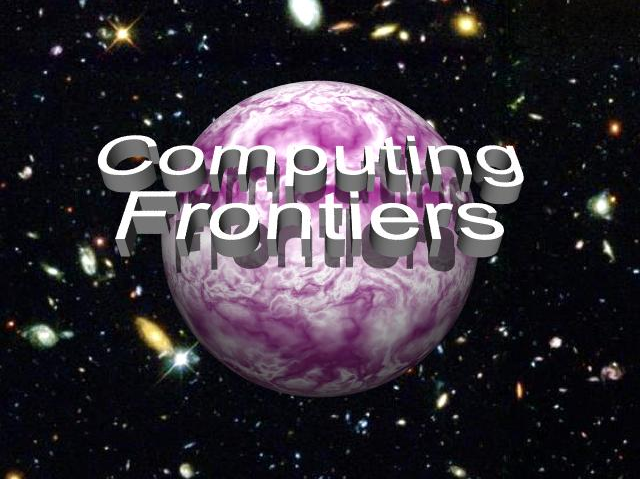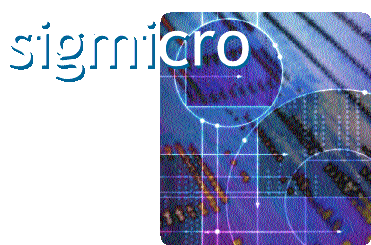
Computing Frontiers
May 2-5, 2006
 sponsored by ACM SIGMICRO
sponsored by ACM SIGMICRO

 |
ACM International Conference on
Computing Frontiers Ischia, Italy
May 2-5, 2006
 sponsored by ACM SIGMICRO sponsored by ACM SIGMICRO |
 |
|
CF 2006 home page
Special Sessions
Cache optimizationDependability issues Information and forms Previous conferences
2004 |
2005
supported by
last modified |
Keynote Address 2
May 4, 2006
9:00a - 10:00a
Empty Space Computes: The Evolution of an Unconventional Supercomputer
Jonathan Mills, Indiana University, US
In 1996 the MOSIS educational service initially rejected a series of VLSI circuits because they consisted of 25 connections to empty space. MOSIS staff asked if some of the layers in the design had been accidentally left out, but were told that the chips were indeed correct because "empty space computes". Since then, research at Indiana University has explored the architectures, principles and applications of computing with empty space. These processors are increasingly complex implementations of the Extended Analog Computer, which was first described theoretically in 1993 by Lee. A. Rubel. Rubel believed that in general Extended Analog Computers could not be built. However, many restricted versions have been constructed, most with conductive plastics, and are becoming increasingly sophisticatedand fast. Much of the empty computational area is devoted to solving partial differential equations. The balance includes the fuzzy logic elements, a small amount of configuration memory and input/output. The design of these machines has been improved, and the problems to which they have been applied have been extended using the principle of complementarity, a duality that relates continuous and discrete computation. In the past year, a multiple-node distributed supercomputer prototype has been designed based on operational single processors. Applications that include image recognition, network traffic management, solutions to biocomputation and NP-complete problems, and artificial life have been developed by the over 250 students who have used the processors during the past five years. The next step is to implement these architectures in VLSI once moreand seek speeds of computation approaching trillions of partial differential equations per second. Biography: Mills holds a Bachelors degree in Latin and Chemistry, but found computers more interesting during his service in the U.S. Army at Dugway Proving Ground. Prior to earning his Ph.D. from Arizona State University in 1988, he designed Intel-based systems, Fifth Generation Prolog architectures for theorem proving at Argonne National Laboratory, a Motorola 88000 coprocessor and several academic RISC architectures that introduced novel concepts, such as partial unification (run-time data- driven instruction modification), to reduce pipeline breaks due to numerous short multi-way branches. Mills joined the faculty of Indiana University in 1988 where he has taught computer architecture, VLSI design and unconventional computing for over 15 years. He began looking at massively-parallel logic processors based on Lukasiewicz logic in 1990 and holds a patent on the VLSI Lukasiewicz logic arrays that resulted. He also invented Stiquito(R), a small hexapod robot that has been the subject of three books. Mills now focuses on the design, principles and applications of Rubels Extended Analog Computer, which emerged from his research in Lukasiewicz logic arrays. Mills is an editor for the International Journal of Unconventional Computing and publishes in this area, has been an IEEE Distinguished Visitor, and an invited speaker at the First Grand Challenge Workshop in Unconventional Computing, the First International Workshop on Computation on the Continuum, and the 2005 New Kind of Science Conference. |